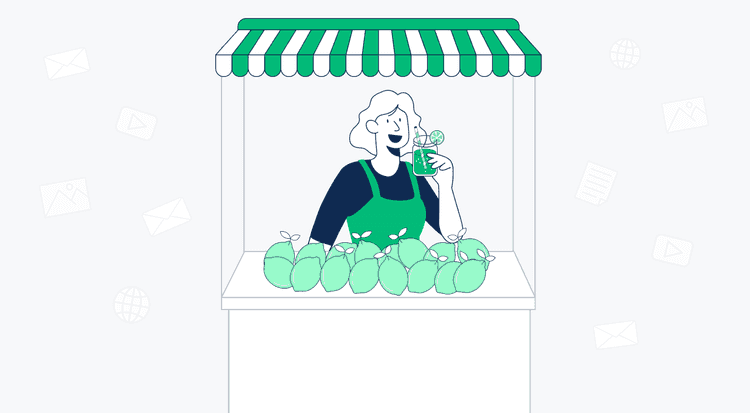Demand generation or demand creation is necessary if you want to expand the pool of prospective customers. Demand creation helps you to go beyond existing demand and create new demand.
It means people who don’t know about the type of solution you offer or even the problem itself would subsequently consider your product.
There is a lot of marketing fluff around demand creation. Revenue experts interpret the concept in every way possible.
In the article, we’ve tried to explain how we define demand generation. We provide varied demand gen samples across formats and channels and offer viable strategies to steal. So you will understand whether you may want to implement the marketing tool and how it works.
What demand generation is
Demand generation is buzz creation around the pains and solutions. The main goal of demand generation campaigns is to pique interest in your product and, more importantly, — to be considered the leading solution to a particular problem. Any marketing tactic with the characteristics relates to demand generation methods.
Demand generation activities significantly broaden your market. You show how your product helps in front of the relevant audience. They may be simply unaware of its existence. They also may be familiar with such products but haven’t thought it could help them.
Let’s say, you have a shedding dog. You don’t know about it and, hence, don’t look for a robot vacuum cleaner. Eventually, you will see how an influencer you are following uses the product. You might not buy it immediately. At some point, you will vacuum for the 3d time a day and recall the robot vacuum cleaner. You start googling the options and stumble upon the brand that looks familiar…
What does demand generation mean in Saas
Demand generation in SaaS means you use videos or screenshots to showcase how your product helps solve this or that common problem. The use cases should be clear for the target audience, raise interest and motivate them to test and then buy your product immediately or later when they are in real need.
Demand generation meaning vs. related concepts
The demand generation notion is a kind of marketing black hole word. Many people mix it with lead generation, product-led growth, growth-hacking, account-based marketing, and brand awareness and actively use it in the sales context. Let's break these concepts down.
Brand awareness vs demand generation. Brand awareness objective is to maintain visibility so more people learn about your brand. The practice is often hard to measure. Demand generation campaigns results are closely tied to revenue. Each campaign has a specific quantitative objective. You want to make people know your brand + want to buy from your company.
Compare: you post a thread on Reddit on behalf of your company profile VS you mention your product as a solution in an existing thread on how to resolve a particular problem.
Lead generation vs demand generation. Lead generation tactics involve collecting potential customers’ contacts and actively communicating with them to turn them into leads. In comparison, the demand generation funnel implies products showing up in front of the fitting audience as a perfect solution.
Compare: You find prospects' emails and create a cold campaign. You grow your following on LinkedIn and start sharing industry tips. As a result, followers consider you a go-to expert.
Lead nurturing vs demand generation. When you nurture leads, they are already engaged in your marketing funnel. Creating demand typically stands for targeting people who don’t know about your product yet.
Compare: you send a newsletter with product updates to signed-up users. You create a niche newsletter with industry tips and offer your product as one of the solutions from time to time.
Account-based marketing vs demand generation. ABM stands for organizing customized experiences to a list of large accounts. The demand generation definition doesn’t imply personalization to each potential customer. The methods try to pique the interest of a broad audience.
Compare: you create a customized niche report for one of your potential customers. You create an ungated report about a problem, and your product is one of the main solutions.
Product-led growth vs demand generation. Product-led growth stands for a strategy when your product is a lead magnet itself. While in demand generation, you show via various forms, contexts, and channels how your product works.
Compare: you share the Loom video link, and the recipient gets interested in trying the tool too. You post a YouTube video showcasing how to make your asynchronous commutation more personal where the Loom plays an important role.
Growth hacking vs demand generation. Growth hacking focuses on the whole funnel from top to bottom. In contrast, B2B demand generation tactics concentrate on the top of the funnel.
Compare: making your product accessible by invitation only. Creating a blog post where your tool is the main solution to a stated problem.
How does demand creation work
Demand gen activities show that the particular need exists and how your product fulfills the need. It allows a marketing team to expand their top-of-funnel and appeal to potential customers as a solution to the problem you address.
Demand generation considerably influences your profits in the long run. It is possible to evaluate demand generation efforts by cost-per-acquisition, conversion to MQLs, average deal size, cost-per-lead, etc.
Here is the demand generation process from prospects being unaware of the solution to buying your product:
- Clearly demonstrate you understand the needs of your prospective customers
- Grow awareness of the need or problem
- Reinforce the stated need or problem
- Suggest your services as one of the solutions to the problem
- Make it be perceived as a perfect option
- Demonstrate how your service is better than alternatives
- Ensure your brand is visible at the right moments, to the right people, via the right mediums.
- Make it obvious and simple to go with your product rather than look for alternatives.

Source: Sparktoro.
B2B demand generation strategies
- Strategy 1. Content-marketing-led digital demand generation strategy
- Strategy 2. Product-led strategy
- Strategy 3. Education-led strategy
- Strategy 4. Public communications-led demand generation strategy
Strategy 1. Content-marketing-led digital demand generation strategy
The strategy implies your product plays an active role in your content. At the same time, the content doesn’t look like you are selling something. This means you embed your features in the content narrative as solutions to discussed problems or as an example of various situations.
Typical blog top-of-funnel articles might be interesting to your potential customers. Until they directly relate and mention your product or service as a solution, they won’t increase demand generation though.
Banner and links to your product pages spaced through the piece aren’t really helpful without the context. See the difference:
* mentioned at the end of the piece*
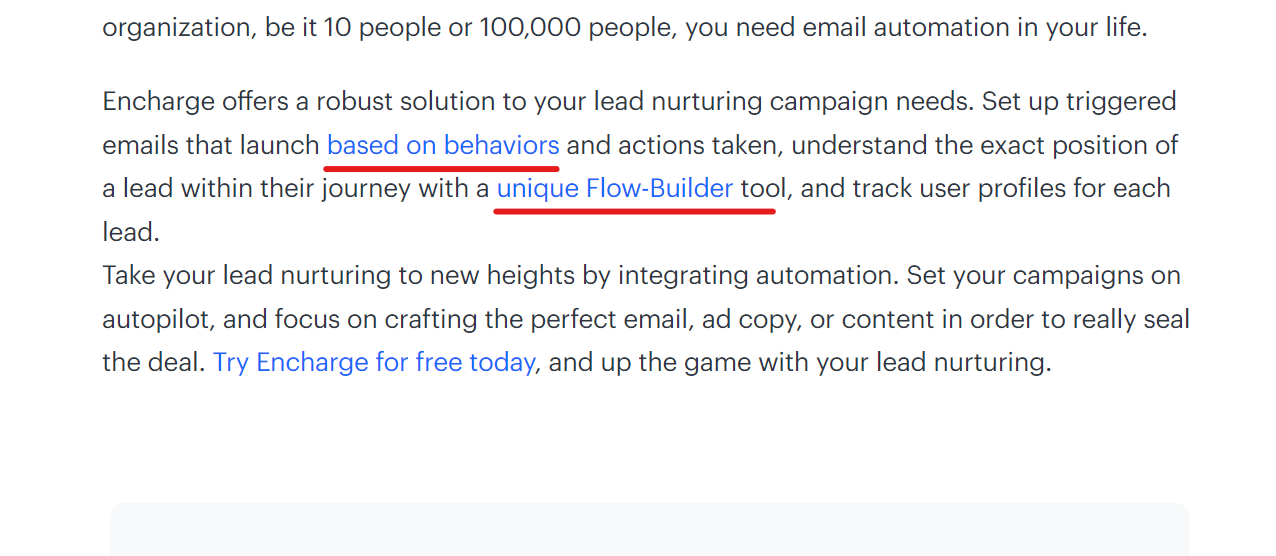
*mentioned in the context where it could be used, with screenshots showcasing how it works*
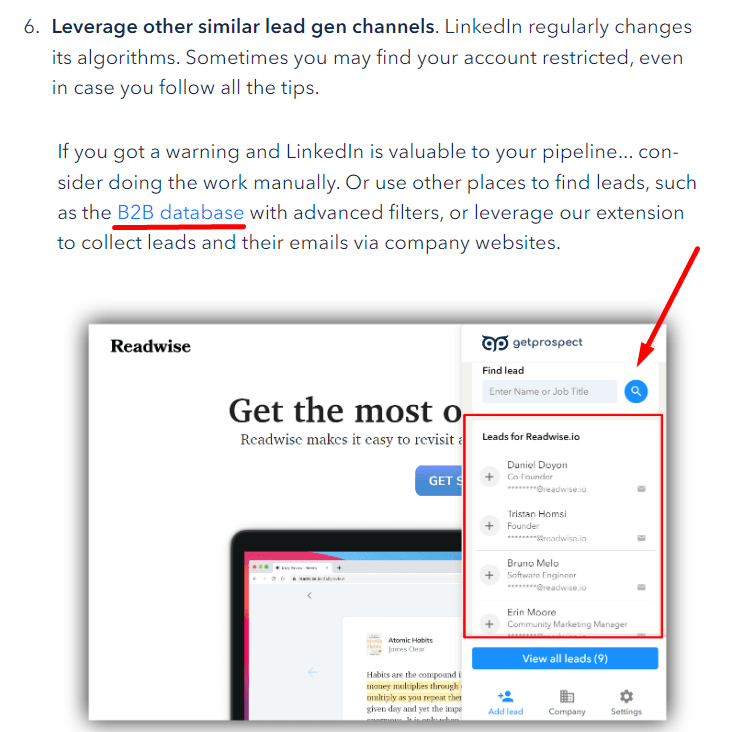
The articles are easily turned into emails, videos, social media posts, etc. So your subscribers and followers will move down the funnel faster.
Note: landing pages, case studies, and help center articles aren’t related to the type of demand generation strategy. They are product material by default. People search for them when they are ready to buy.
It’s worth noting that you shouldn’t expect immediate signups and sales from readers of such content. Most commonly, product mentions just anchoring your product as a potential solution to prospects’ future problems.
How to create the demand generation strategy in practice
- Revise your content plan and leave out topics in which it doesn’t make sense to mention your product.
- Take those topics that look fit and check their traffic potential via Ahrefs or other SEO tools. For videos — turn the search engine to «YouTube» and check topics the same way.
- Talk about the topic with the customer support and product teams. They, for sure, will have insights on how it is tied to the product and what questions customers ask.
More content marketing demand generation examples
Social media posts.
Example of how we used the strategy in our company profile:
We wrote up the tactic of how to find ready-made prospect lists in Google and mentioned our Google Sheets Add-on.
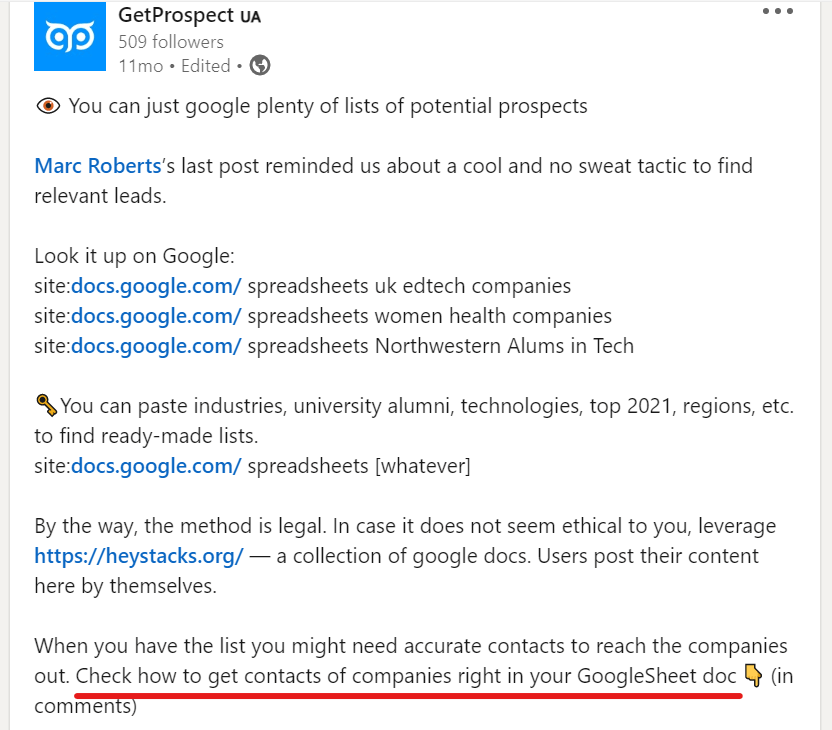
Videos.
Teal shows how to make your resume match the job description and use their tool that fulfills exactly this need.
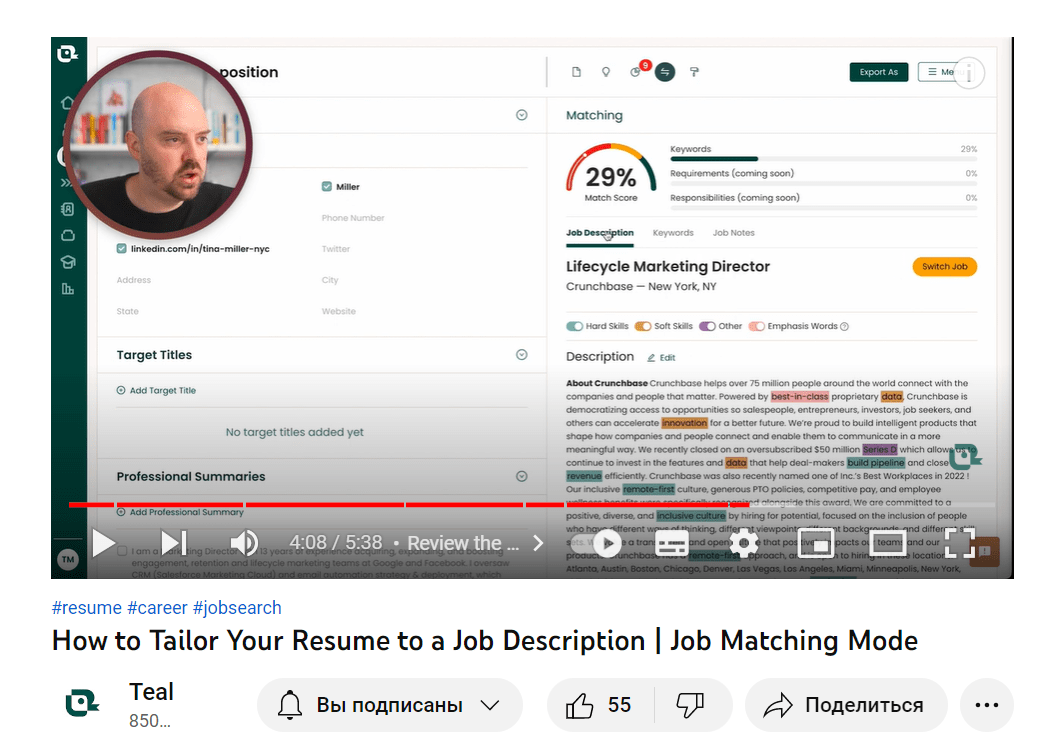
Emails.
Statista has a newsletter with free data and infographics. In their case, I think it works the way Statista subscribers finally buy one of their paid plans.
.png)
Strategy 2. Product-led strategy
Product-led demand generation strategy implies free tools that users can use without registration and payment.
The free options help you engage users with your platform. Once they are on your territory, you can be on time when they need your extended services and features. Use various tactics to motivate them to upgrade. Here are some of them:
1) Limited free access for the day/week/month, then users need to register or upgrade to use the tool further. Example: Answer the Public.
2) Low-pressure banners inviting users to use the product to its full potential. It is a good idea to mention use cases here to explain why they need to move upward. Demand generation funnel example from the Ahrefs tool Keyword difficulty checker.
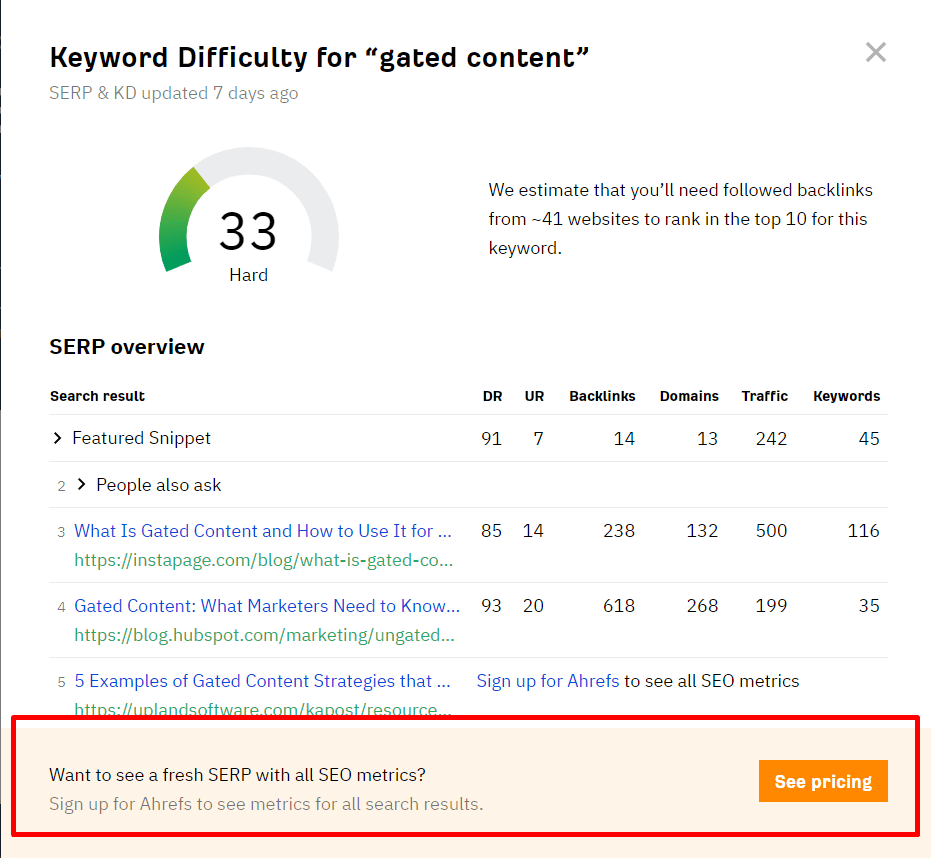
3) Involve them in the next steps. For instance, when you click the button in Shopify Business name generator, it offers you to reserve the brand name.
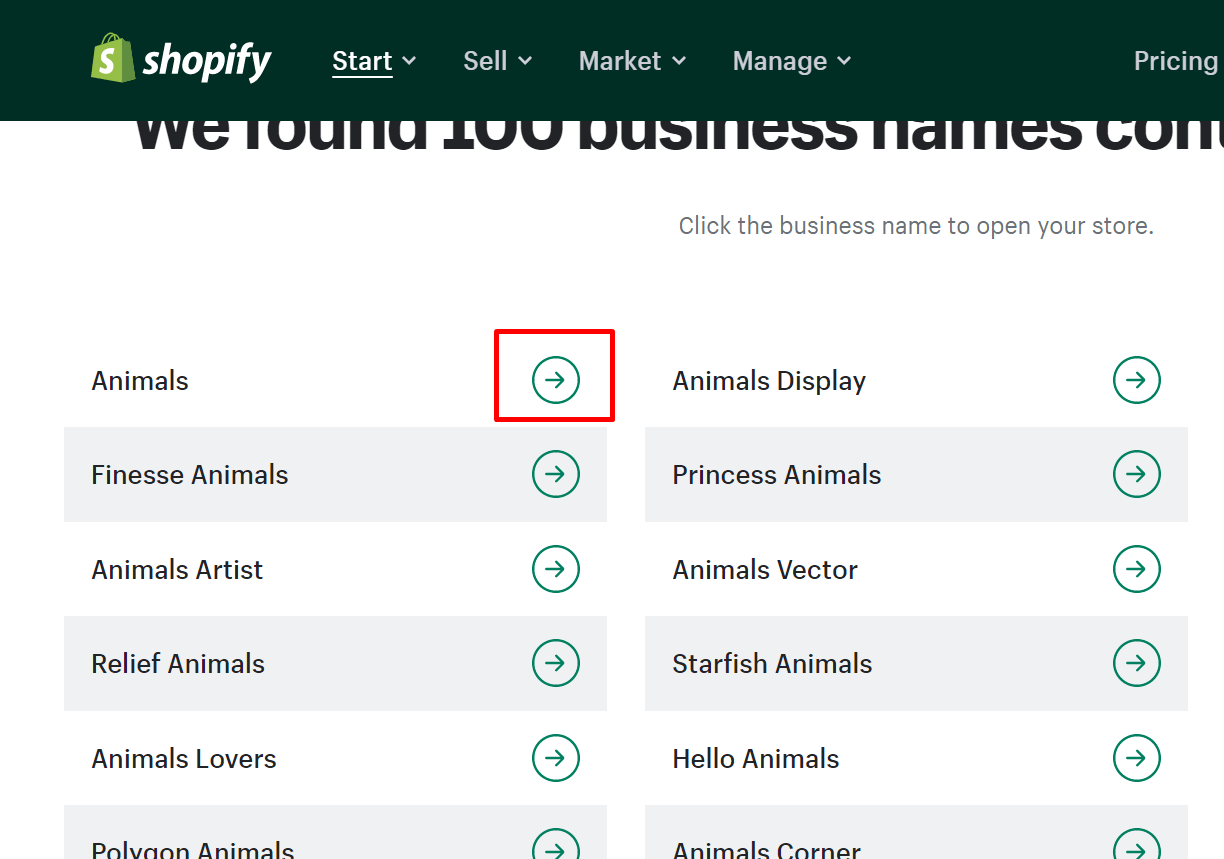
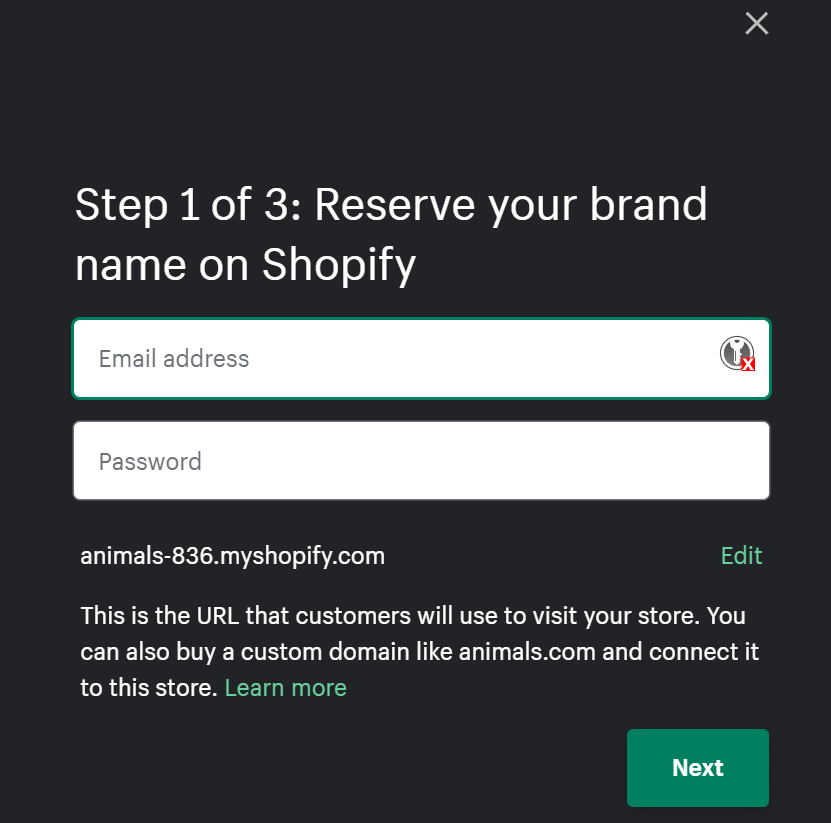
4) Provide instructions for what to do with the results from the free tool and possible next steps. The previous example with Shopify provides such guidance too.
Demand generation tips to put the strategy into practice
- Find related tools that people are googling. In your SEO tool, enter your product keywords and filter by words such as tool, free, calculator, generator, template, and checker.
- Brainstorm what tools you can create out of/based on existing features or build something simple from scratch
- Study what competitors are doing in this regard. You will understand what details to add. It helps to make your tool unique or deliver something better
- Launch surveys, if possible, on whether the tool will be useful in itself.
- Identify your success metrics for the free tool.
- Track the results. Consider updating the tool or the way you attract attention to your main product.
If you sell high-priced products, you can implement the B2B demand generation strategy in your sales department. For example, you can do some job with your product for them for free and deliver it with cold outreach. For example, their website SEO audit.
Now you can sort prospects by technology, department, founded year, company and contact keywords, industry, seniority, domain, job title, etc.
Try for your nicheStrategy 3. Education-led strategy
The strategy isn’t about a program teaching how to use your product. The strategy implies free courses or even branded online academies. Such educational materials are similar to the recipe you find on the pasta package. It teaches certain processes where your product is a smooth and inevitable part.
Such material helps to increase demand generation and, in addition, assists current clients, decreasing the volume of support tickets, serving as a reference for your help team, and improving their experience with the product.
Demand generation tips to put the strategy into practice
- Build course from existing content. You don’t have to create something from scratch. I think you even shouldn’t. Use your resources wisely.
- Choose your best-performing content and spice it up with more value: details, expertise, and research.
- Think ahead about promotion since people rarely search for courses on Google. Refer to the course in relevant blog posts and other website content.
Examples of education-led demand generation strategy
1) Hubspot Academy. Provide certificates — participants will be happy to prove their earned knowledge + once they share it somewhere, you will get more visibility, and new people will come.
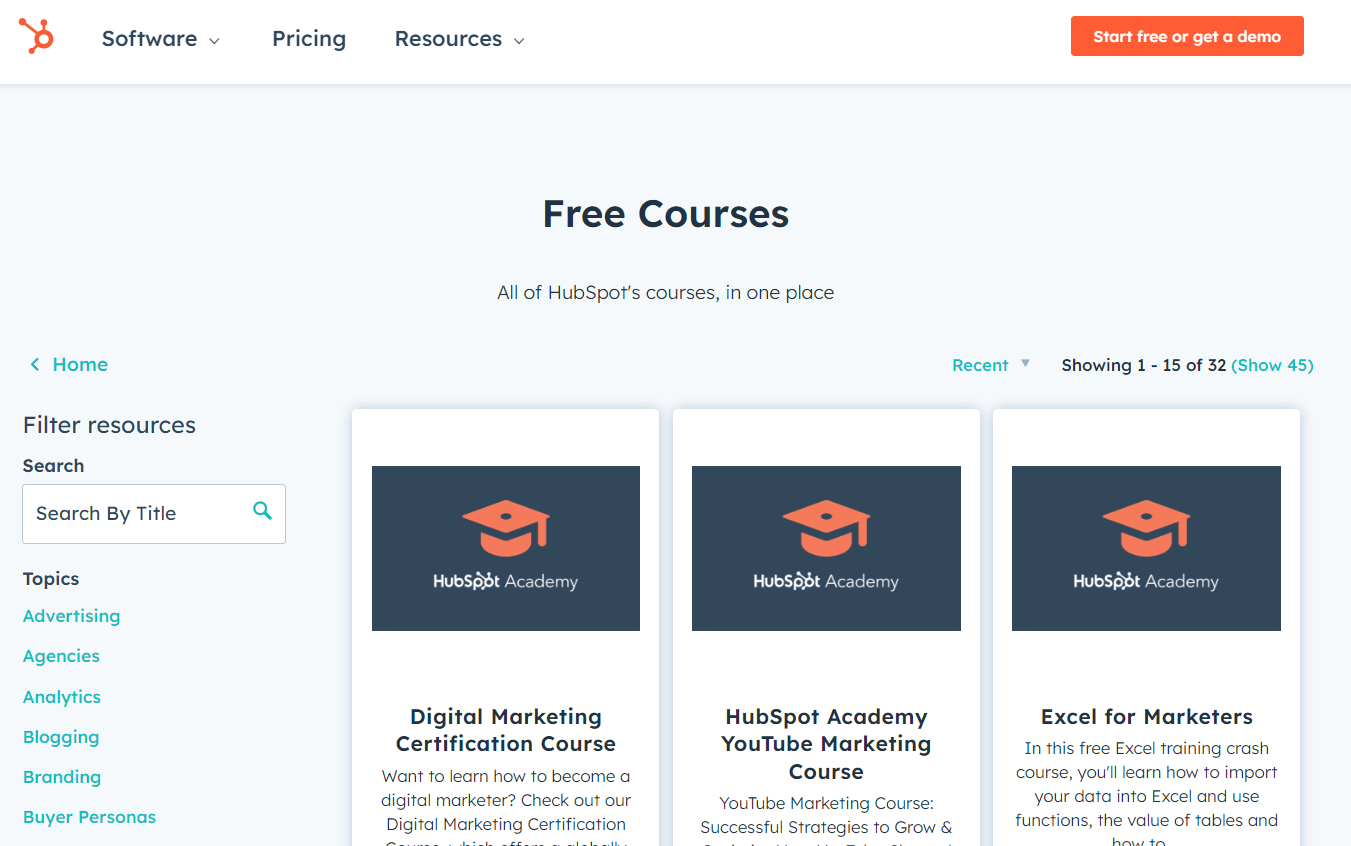
2) Shopify. Become the hub for your customers’ knowledge.
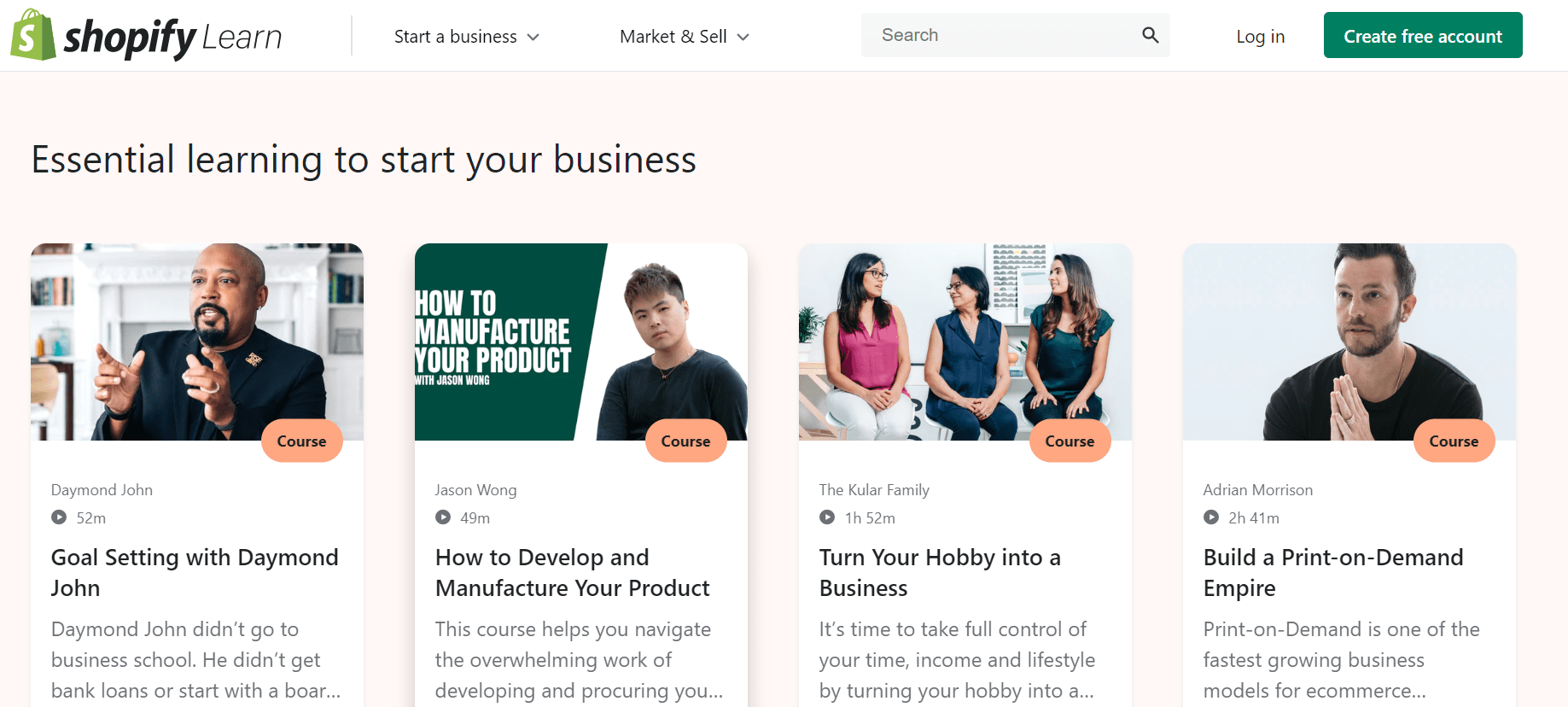
3) Zapier.
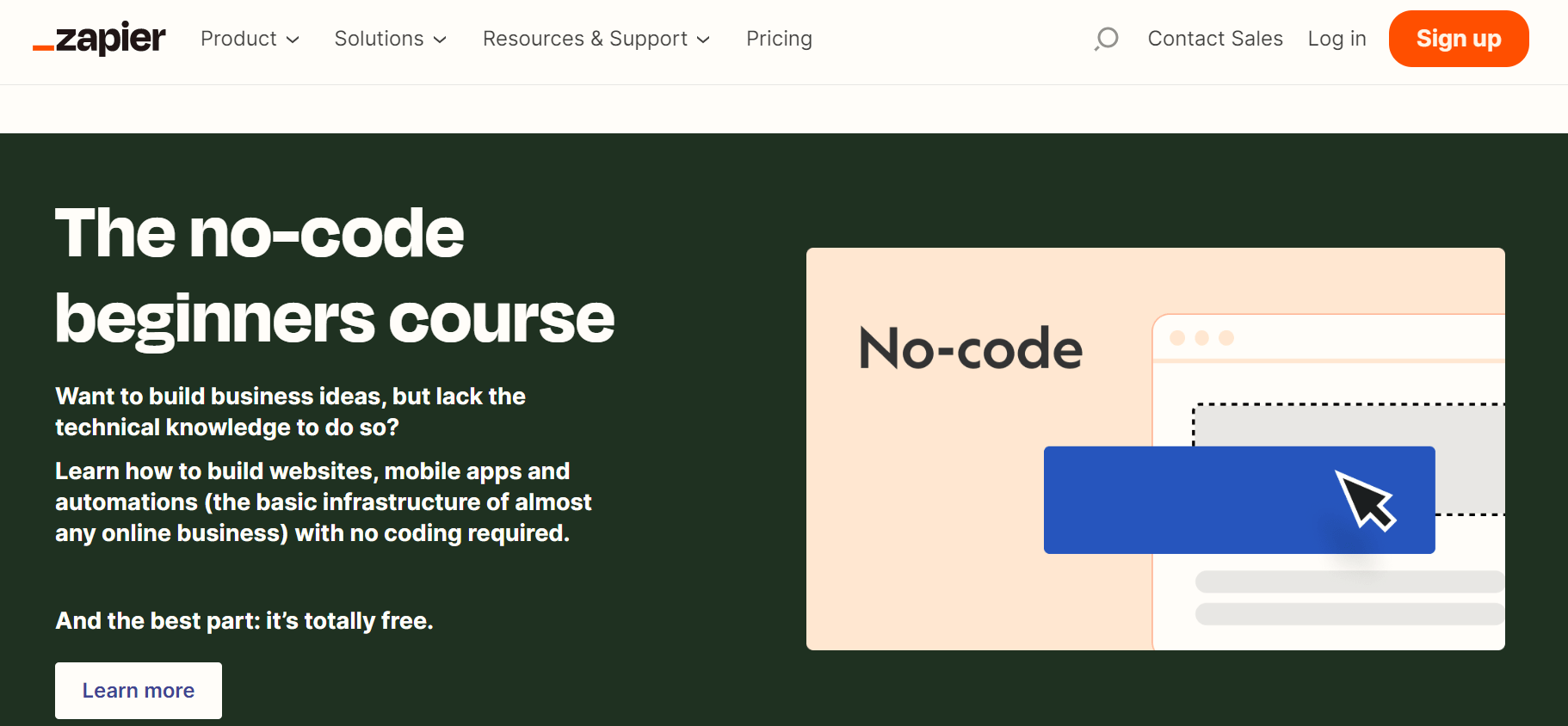
Strategy 4. Public communications-led demand generation strategy
Oleksandra Slobodeniuk, PR manager with 5+ years of experience in media and investments, and Valentyna Podmazina, Communications manager with 9+ years of experience in tech, shared some insights regarding PR for demand generation.
The main goals of PR are to create trust and earn the loyalty of a target audience, build communities around a brand, and handle anti-crisis communication. At the same time, PR significantly influences demand generation for SaaS.
If you have competitors, want to stand out among others, and plan to grow, you are 100% will benefit from the PR strategy. As you and your company start showing up, you can reach far more potential customers.
Using PR for lead demand generation, remember to allocate one of the main roles to your product in the PR material. A good idea to tell stories behind your product creation, your case studies, and your customer stories. Still, some niche platforms and influencers may accept the type of articles you create for your blog. I will show some examples below.
Note: generating demand with PR isn’t limited to media coverage. You can and should visit relevant podcasts, conferences, webinars, YouTube shows, etc.
How to put the demand generation marketing strategy into practice
- Pick a platform/media/influencer. The first way is to survey your current customers or leads and ask about their go-to places for professional content, where they look for answers and share knowledge with peers. The second way is to leverage audience research tools such as Sparktoro. It allows startups and SMBs to figure out what channels their audience consumes (podcasts they listen to, youtube channels they watch, influencers they follow, etc.)
- Choose the topic. It should be relevant to the platform + interesting for their audience if you rely on free PR. Demand generation ideas: ground the topic in a trend that naturally relates to your product, choose a really controversial topic, vividly express the pain your audience experience, or build a narrative around big names.
- Make a point of the headline. PR headlines are more important to be clickable and viral than blog ones. It may showcase a very unusual opinion, mention big brands or big names, or indicate a specific audience the information is for.
- Pitch owners, editors, and journalists to get it to the medium. You can write a simple offer if the platform isn’t very popular. If the medium has a large audience and is outreached by many other companies, you should dedicate more time to your pitch and then follow-ups to get your demand generation content to the platform. Check our tips for a perfect pitch.
What else you can do: create a Polywork profile and mark you are available for podcasting, interviews, or sharing expertise; register at PodcastGuests and Podchaser Connect, platforms that will match you and people looking for guests.
Examples of public communications-led strategy
Influencers. An important point about working with influencers for B2B demand generation — your product should be shown the way the influencer really uses it. It shouldn’t be in the form of a direct ad. Compare:
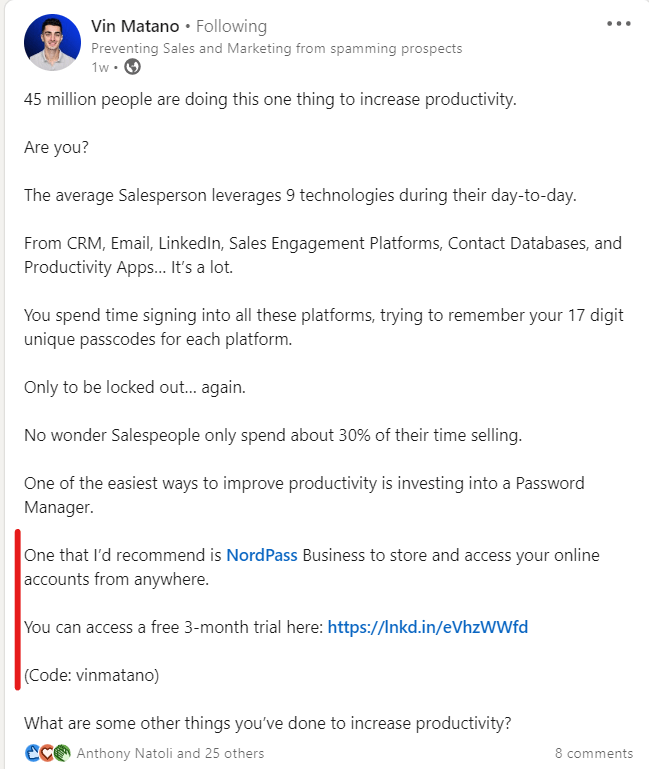
VS.
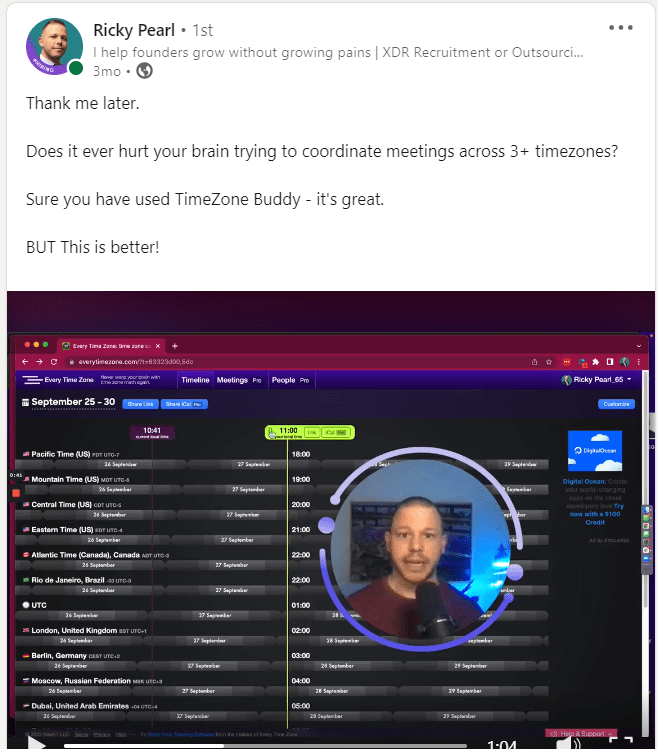
Webinars. Several months ago, I watched a webinar in a paid community. Part of the content consisted of questions and talks about the SaaS product founded by the guest. My first thought was that it is annoying and unfair to advertise something in paid content. Then, in a few weeks, I recalled the tool and understood I could take it into my workflow.
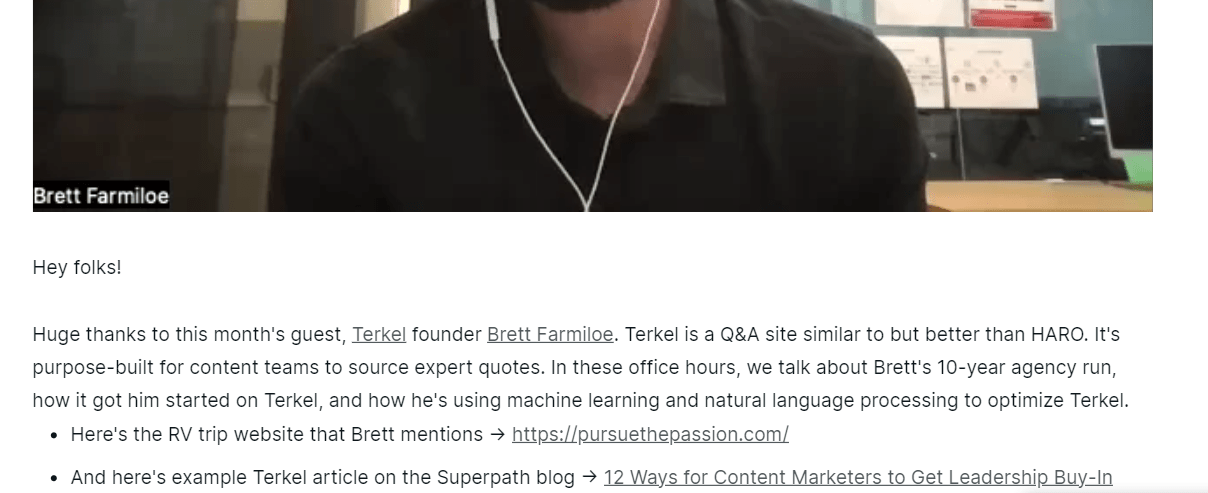
Paid PR in a relevant community. ContentHarmony founder describes how to prepare briefs and use their product to demonstrate the process.
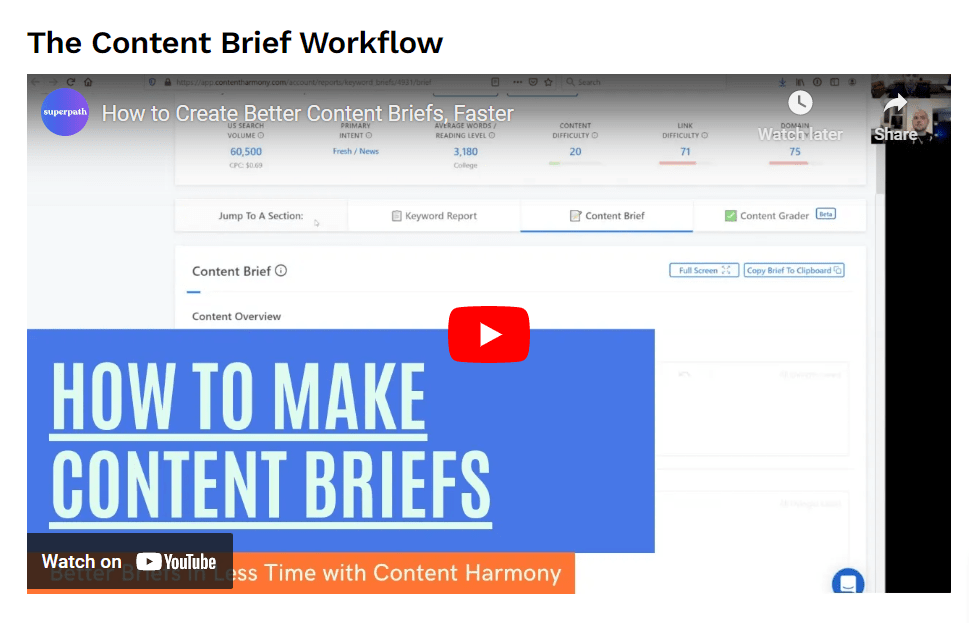
Media coverage, article. Valentyna Podmazina describes one of her B2B demand generation cases. They grew awareness of the need and immediately offered a perfect solution:
«Here’s one of my cases on TechCrunch. We were launching an innovative feature that no text editor had ever had. It was crucial to let the audience know about such an opportunity and its benefits. Everyone uses Google Docs or MS Word daily.
We needed the coverage since people won’t switch to some new app just because it appears in the App Store. Collabs and mentions in relevant media show users a completely new option they may try out for free».
Summary
- B2B demand generation implies showing how your product solves potential clients’ problems to the audience unaware of the need, solution, or your company.
- Demand creation activities should reduce customer acquisition costs and increase revenue.
- Distinguish demand generation concept from lead generation, lead nurturing, brand awareness, product-led growth, growth hacking, and account-based marketing.
- You need to learn the difference to set the correct goals and choose the suitable metrics.
- Optional demand gen strategies: content-marketing-led (e.g. blog, YouTube videos), product-led (free tools), education-led (free courses), PR-led (guest publications, visiting third-party podcasts and webinars).
Frequently asked questions
Is demand creation a positive marketing technique?
Demand creation is an influential marketing technique if you want to go beyond existing need which is quite limited for many companies. We also highly recommend making demand gen part of your early-stage marketing.
How do I make demand creation?
- Stage 1. Analyze your rivals and target market.
- Stage 2. Choose a type of campaign that might work for you.
- Stage 3. Tell through these campaigns about problems you solve
- Stage 4. Suggest your product as a solution
- Stage 5. Get your brand associated with the problems
What are the factors of demand creation?
Demand creation success is influenced by the following factors:
- Factor 1. Engagement with your demand creation campaigns
- Factor 2. Great target audience-oriented content
- Factor 3. Strategic content promotion
- Factor 4. Testing strategies and tracking results
- Factor 5. Successful brand awareness campaigns


